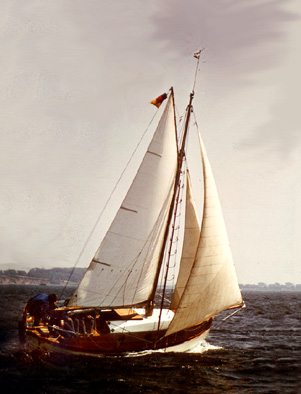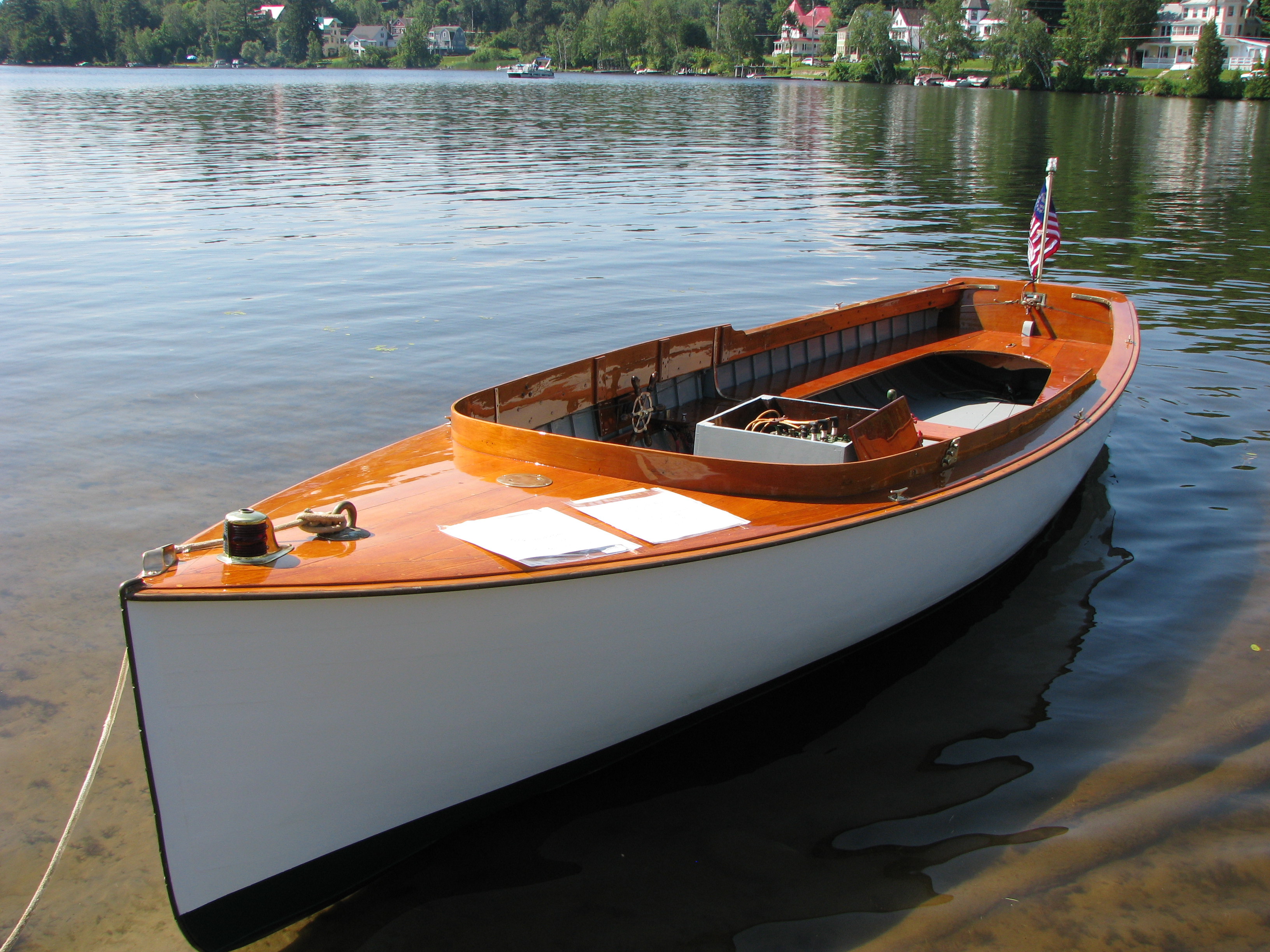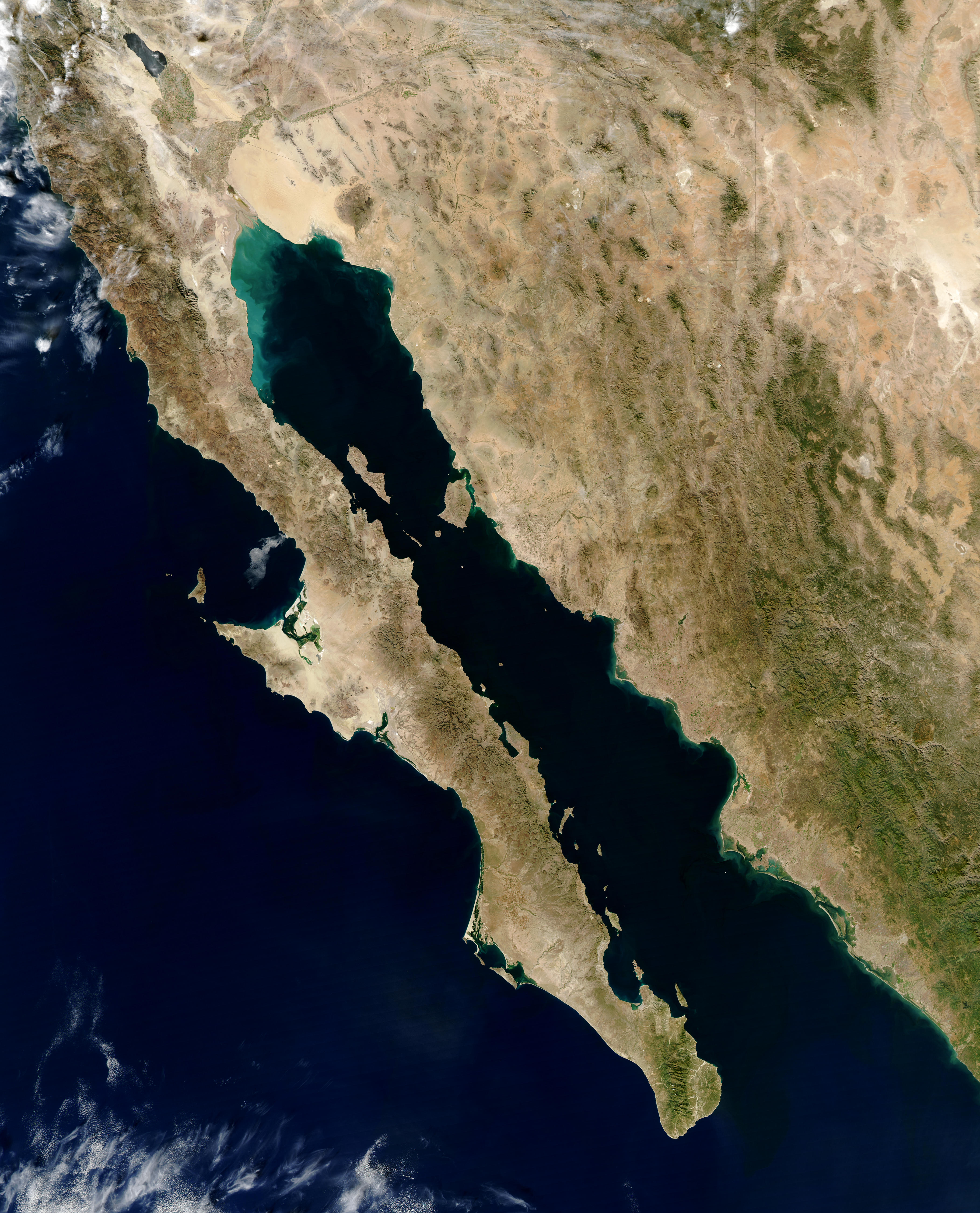|
HMS Forward (1855)
HMS ''Forward'' was a British ''Albacore''-class wooden screw gunboat launched in 1855 and sold in 1869. After her sale, Mexican pirates captured her, and boats from the United States Navy sloop-of-war destroyed her in the Battle of Boca Teacapan in 1870. History ''Forward'' was built by W & H Pitcher at Northfleet, Kent, England, and was launched on 8 December 1855. She was fitted for Royal Navy service in British Columbia in 1859 where she served along with her sister ship HMS ''Grappler''. Together they were involved in the Lemalchi incident in the spring of 1863 when they hunted down and captured natives believed to have murdered some Gulf Island settlers. ''Forward'' used her guns to level a village on Kuper Island; she then transported her captives to Victoria where they were tried and hanged. She was then sold off to Hill & Ready in Esquimault, British Columbia in 1869 for use as a commercial vessel. As a commercial vessel, she went south to Mexico for oyster ... [...More Info...] [...Related Items...] OR: [Wikipedia] [Google] [Baidu] |
Battle Of Boca Teacapan
The Battle of Boca Teacapan was the result of a United States Navy expedition to destroy a Mexican pirate ship which was attacking targets in the Pacific Ocean. United States sailors and marines in several small boats pursued the pirates to the Boca Teacapan, in Sinaloa, and up the Teacapan Estuary for over several days in 1870 before defeating them at their hideout. The battle ended with the destruction of the pirate ship. Background In the Pacific Ocean, piracy continued into the 1870s off the coasts of both Asia and North America. In the summer of 1870, the Mexican pirate gunboat ''Forward'', with about 120 to 200 men of several nationalities, was attacking primarily Mexican and American shipping off Sinaloa. Pirates of ''Forward'' had also attacked Guaymas in June 1870. They occupied the customs house and then robbed the foreign residents. The pirates then forced the United States consulate in Guaymas to supply the steamer with 200 pounds of coal. These attacks led to t ... [...More Info...] [...Related Items...] OR: [Wikipedia] [Google] [Baidu] |
Harbour Publishing
Harbour Publishing is a Canadian independent book publisher. The company was founded in 1974 by Howard and Mary White, and is based in Pender Harbour, a small town on British Columbia's Sunshine Coast. Harbour mainly publishes books on British Columbian history, culture, wildlife and environment. To date, Harbour has published over 600 titles. Harbour Publishing is the exclusive distributor for Nightwood Editions, Bluefield Books and Lost Moose Books. In 2013, the owners of Harbour acquired Douglas & McIntyre. Notable publications * ''Raincoast Chronicles'' series edited by Howard White(1977–present) * ''Now You're Logging'' by Bus Griffiths (1978) * ''Writing in the Rain'' by Howard White (1990) * '' The Golden Pine Cone'' (1994) * ''The Encyclopedia of British Columbia'' edited by Daniel Francis (2000) * ''Beyond Remembering: The Collected Poems of Al Purdy'' edited by Sam Solecki (2000) * ''Marine Life of the Pacific Northwest: A Photographic Encyclopedia" by Andy Lamb ... [...More Info...] [...Related Items...] OR: [Wikipedia] [Google] [Baidu] |
Teacapan Estuary
Teacapan Estuary (Estero de Teacapán) is an estuary in Mexico, within the two provinces of Sinaloa and Nayarit. This long outlet drains two large coastal lagoons, Agua Grande Lagoon in Sinaloa on its northern end and Agua Brava Lagoon in Nayarit at its southern end, into the Pacific Ocean at its mouth, the Boca Teacapan. The estuary forms part of the border between the Escuinapa Municipality, Sinaloa, and the Tecuala Municipality of Nayarit. The Teacapan Estuary is also fed by the Acaponeta River The Acaponeta River originates in the State of Durango, México and drains into the Pacific Ocean. The river basin covers . From its beginning in Durango to where it crosses into Nayarit, the river is called Quebrada de San Bartolo; farther down ... in its southern arm, and the Cañas River in the northern arm. References Estuaries of North America Rivers of Nayarit Rivers of Sinaloa Bodies of water of Mexico {{Mexico-river-stub ... [...More Info...] [...Related Items...] OR: [Wikipedia] [Google] [Baidu] |
Cutter (boat)
A cutter is a type of watercraft. The term has several meanings. It can apply to the rig (or Sail plan, sailplan) of a sailing vessel (but with regional differences in definition), to a governmental enforcement agency vessel (such as a coast guard or border force cutter), to a type of ship's boat which can be used under sail or oars, or, historically, to a type of fast-sailing vessel introduced in the 18th century, some of which were used as small warships. As a sailing rig, a cutter is a single-masted boat, with two or more headsails. On the eastern side of the Atlantic Ocean, Atlantic, the two headsails on a single mast is the fullest extent of the modern definition. In U.S. waters, a greater level of complexity applies, with the placement of the mast and the rigging details of the bowsprit taken into account so a boat with two headsails may be classed as a sloop. Government agencies use the term "cutter" for vessels employed in patrolling their territorial waters and other ... [...More Info...] [...Related Items...] OR: [Wikipedia] [Google] [Baidu] |
Launch (boat)
Launch is a name given to several different types of boat. The wide range of usage of the name extends from utilitarian craft through to pleasure boats built to a very high standard. In naval use, the launch was introduced as a ship's boat towards the end of the 17th century. On each warship, the launch was usually the largest boat out of those carried aboard. It could be propelled by oar or sail, with this type remaining in service into the 20th century. Steam launches were introduced on a trial basis in 1867, but as steam-powered ship's boats became more common, the majority were steam pinnaces. Other military examples were the various motor launches used in the 20th century, employed for harbour defence, anti-submarine patrols, escorting coastal convoys, minesweeping and recovering aircrew from crashed aircraft. Generally, these were decked boats, some of which were capable of fast speeds. A powered boat operated by a regulatory or official organisation may be termed a la ... [...More Info...] [...Related Items...] OR: [Wikipedia] [Google] [Baidu] |
Pirate Ship
Piracy is an act of robbery or criminal violence by ship or boat-borne attackers upon another ship or a coastal area, typically with the goal of stealing cargo and other valuable goods. Those who conduct acts of piracy are called pirates, vessels used for piracy are pirate ships. The earliest documented instances of piracy were in the 14th century BC, when the Sea Peoples, a group of ocean raiders, attacked the ships of the Aegean and Mediterranean civilisations. Narrow channels which funnel shipping into predictable routes have long created opportunities for piracy, as well as for privateering and commerce raiding. Historic examples include the waters of Gibraltar, the Strait of Malacca, Madagascar, the Gulf of Aden, and the English Channel, whose geographic structures facilitated pirate attacks. The term ''piracy'' generally refers to maritime piracy, although the term has been generalized to refer to acts committed on land, in the air, on computer networks, and (in scienc ... [...More Info...] [...Related Items...] OR: [Wikipedia] [Google] [Baidu] |
Gulf Of California
The Gulf of California ( es, Golfo de California), also known as the Sea of Cortés (''Mar de Cortés'') or Sea of Cortez, or less commonly as the Vermilion Sea (''Mar Bermejo''), is a marginal sea of the Pacific Ocean that separates the Baja California Peninsula from the Mexican mainland. It is bordered by the states of Baja California, Baja California Sur, Sonora, and Sinaloa with a coastline of approximately . Rivers that flow into the Gulf of California include the Colorado, Fuerte, Mayo, Sinaloa, Sonora, and the Yaqui. The surface of the gulf is about . Maximum depths exceed because of the complex geology, linked to plate tectonics. The gulf is thought to be one of the most diverse seas on Earth and is home to more than 5,000 species of micro-invertebrates. Parts of the Gulf of California are a UNESCO World Heritage Site. Geography History The marine expeditions of Fortún Ximénez, Hernán Cortés, Juan Rodríguez Cabrillo, Francisco de Ulloa, Hernando de Alarc� ... [...More Info...] [...Related Items...] OR: [Wikipedia] [Google] [Baidu] |
San Salvador Department
San Salvador () is a department of El Salvador in the west central part of the country. The capital is San Salvador, which is also the national capital. The department has North of the Rio Lempa Valley, the "Valle de las Hamacas" (Hammock Valley) and a section of Lake Ilopango. Some of the department's cities that are densely populated are: San Salvador, Ciudad Delgado, Mejicanos, Soyapango, Panchimalco and Apopa. The department covers an area of and the last census count in 2017 reported 2,404,097 people. It was classified as a department on June 12, 1824. During the time of the colony, the department was the San Salvador Party, from where territory was taken to make the departments of Chalatenago, La Libertad, Cuscatlán and La Paz. This department produces beans, coffee, sugar cane, etc. for agriculture, on the other hand San Salvador Department holds many headquarters for banking companies in El Salvador and Central America, and for many communication services, also the hea ... [...More Info...] [...Related Items...] OR: [Wikipedia] [Google] [Baidu] |
Plácido Vega Y Daza
Plácido de la Vega Daza y Colón de Portugal (1830–1878) was a General and Governor of the Mexican state Sinaloa. Origins and ancestry He descended directly from Cristopher Columbus' great-great grandson, the Admiral and 3rd Duke of Veragua and Marquis of Jamaica, D. Nuno Alvares Pereira Colón de Portugal y Fernández de Córdoba, and his second wife, Luisa de Aragón y Zapata. From the 17th century to the 18th century his family was heir to the famous Majorat or " El Mayorazgo de la Colonas" established in Pontevedra, Spain by his ancestors D. Miguel Henríquez Flores and Dª. Jerónima de Vargas Machuca. In the mid 18th century, his family settled in the northern Mexican city of Culiacán, Sinaloa which was then New Spain, and became the major political and commercial influence of Northern Mexico. His family owned vast lands, valleys, and gold mines, but he did not sympathize with his family's ideology of repression of the poor. Although members of his family had previously h ... [...More Info...] [...Related Items...] OR: [Wikipedia] [Google] [Baidu] |
Christopher Columbus
Christopher Columbus * lij, Cristoffa C(or)ombo * es, link=no, Cristóbal Colón * pt, Cristóvão Colombo * ca, Cristòfor (or ) * la, Christophorus Columbus. (; born between 25 August and 31 October 1451, died 20 May 1506) was an Italian explorer and navigator who completed four voyages across the Atlantic Ocean sponsored by the Catholic Monarchs of Spain, opening the way for the widespread European exploration and colonization of the Americas. His expeditions were the first known European contact with the Caribbean, Central America, and South America. The name ''Christopher Columbus'' is the anglicisation of the Latin . Scholars generally agree that Columbus was born in the Republic of Genoa and spoke a dialect of Ligurian as his first language. He went to sea at a young age and travelled widely, as far north as the British Isles and as far south as what is now Ghana. He married Portuguese noblewoman Filipa Moniz Perestrelo, who bore his son Diego, and w ... [...More Info...] [...Related Items...] OR: [Wikipedia] [Google] [Baidu] |
Oyster
Oyster is the common name for a number of different families of salt-water bivalve molluscs that live in marine or brackish habitats. In some species, the valves are highly calcified, and many are somewhat irregular in shape. Many, but not all oysters are in the superfamily Ostreoidea. Some types of oysters are commonly consumed (cooked or raw), and in some locales are regarded as a delicacy. Some types of pearl oysters are harvested for the pearl produced within the mantle. Windowpane oysters are harvested for their translucent shells, which are used to make various kinds of decorative objects. Etymology The word ''oyster'' comes from Old French , and first appeared in English during the 14th century. The French derived from the Latin , the feminine form of , which is the latinisation of the Ancient Greek () 'oyster'. Compare () 'bone'. Types True oysters True oysters are members of the family Ostreidae. This family includes the edible oysters, which mainly bel ... [...More Info...] [...Related Items...] OR: [Wikipedia] [Google] [Baidu] |




